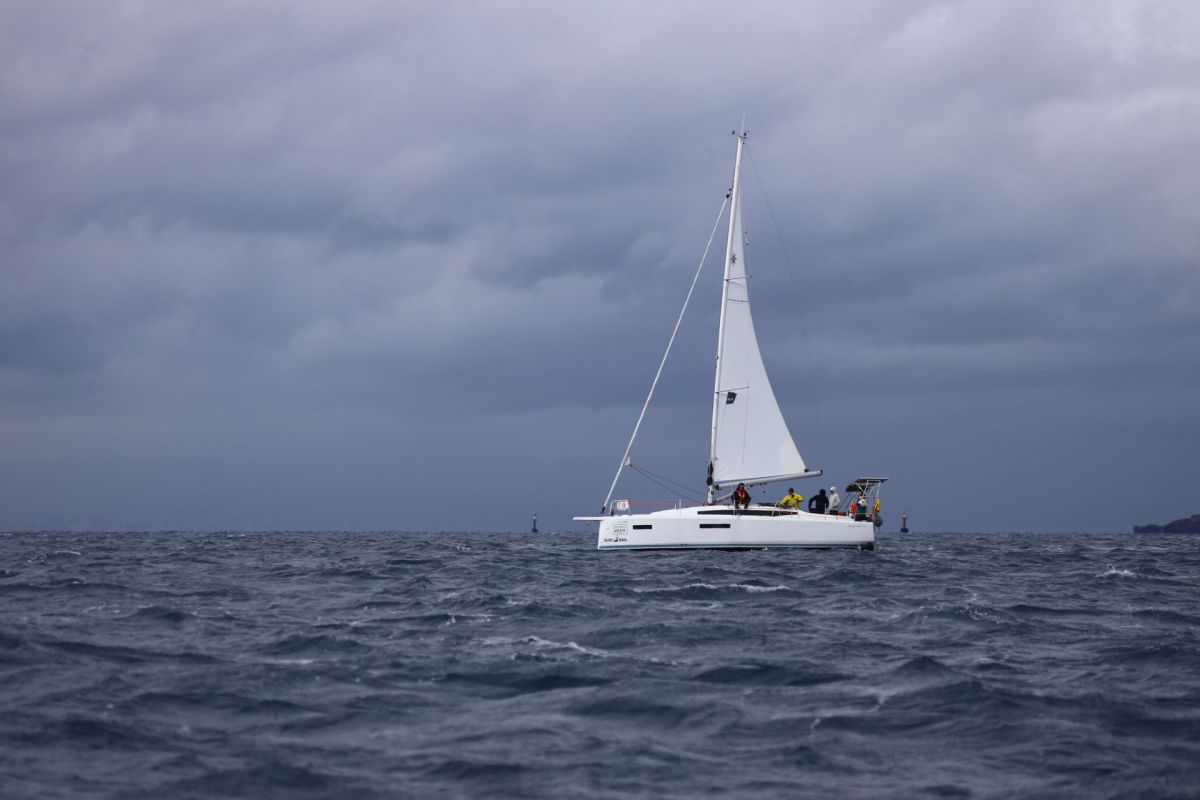During The Ocean Race of 2022-23, yacht sailors found microplastic concentrations up to 18 times higher than during the last race in 2017-18 in some of the most remote parts of the ocean, The Guardian reports.
What's happening?
The Ocean Race has taken place every three to four years since it began in 1973. Over the course of multiple legs spanning several months, participants circle the globe and visit remote parts of the ocean. The race even passes near Point Nemo, the exact spot on the ocean's surface farthest from land.
Since research vessels are rarely able to visit these remote parts, sailors and scientists team up to use the opportunity to study conditions in the area as they go, including measuring microplastics in the water they're sailing through.
Microplastics are tiny pieces of plastic shed from larger plastic products. Unheard of a century ago, today, they're found throughout the world, including inside the human body — and their health risks are still largely unknown.
Another recent study estimated the number of microplastic particles in the ocean at roughly 170 trillion, or about 21,000 per person on the planet.
Throughout the early legs of the race, The Guardian reports, vessels use a filter to pick up particles from the water. The filters capture anything measuring 0.03 to 5 millimeters (about 0.001 to 0.2 inches). Each day, they send their samples to the National Oceanography Centre in the U.K. to be analyzed.
This year, the analysis found much higher levels of microplastics than ever before, The Guardian reveals. Some areas had up to 1,884 particles per cubic meter (about 35 cubic feet) of seawater. Even near Point Nemo, they found 320 particles per cubic meter, up from nine to 41 in the 2017-18 race.
Why do these numbers matter?
While some of the sharp increase in microplastic pollution between the last race and the current one is due to using more sensitive measuring instruments, experts say that the spike in plastic concentrations in our oceans has still been genuine and concerning.
"It's really concerning that we are finding microplastics in every sample, from coastal areas to the most remote regions of the ocean," Victoria Fulfer, a scientist visiting the NOC from the University of Rhode Island, said in a statement. "We are seeing much higher concentrations this year, which can be a sign of increased pollution, but also is related to the increased sensitivity of our analysis."
This analysis reveals that our plastic problem is bigger than we thought and only continues to grow.
What's being done about microplastics?
Scientists are working hard on ways to filter out or treatmicroplastics, and some methods look promising. Meanwhile, governments are beginning to address the root of the problem by banning the worst offenders, such as polystyrene foam.
Join our free newsletter for cool news and cool tips that make it easy to help yourself while helping the planet.









